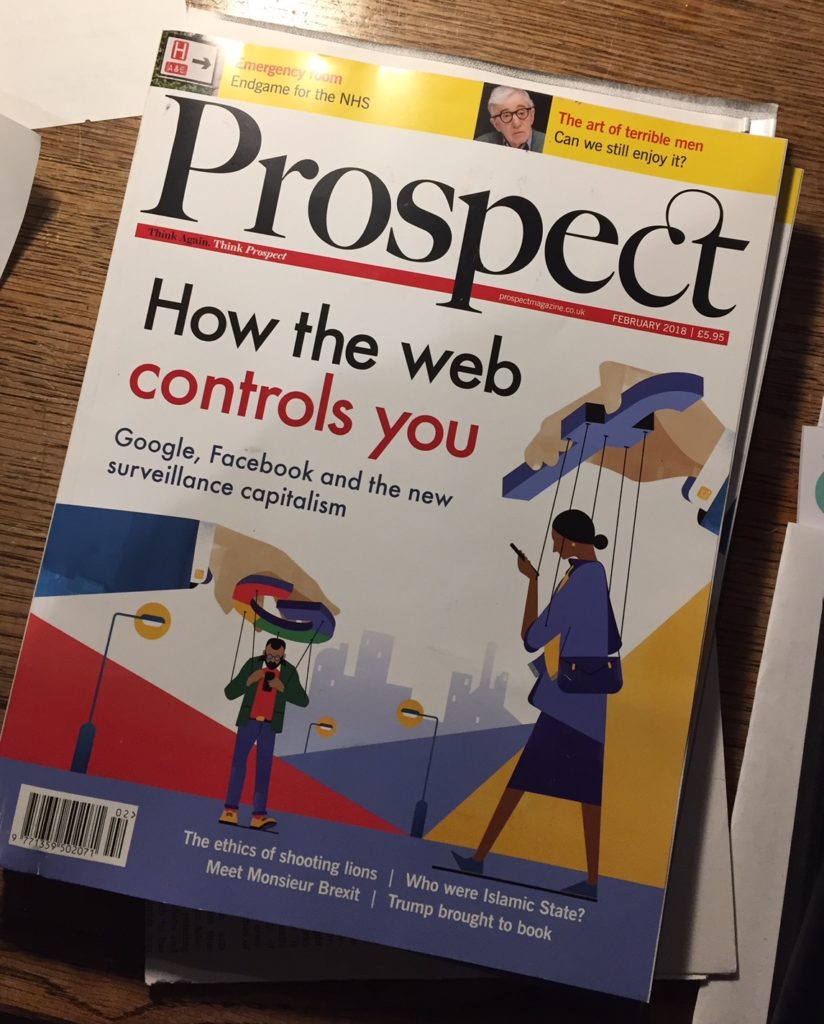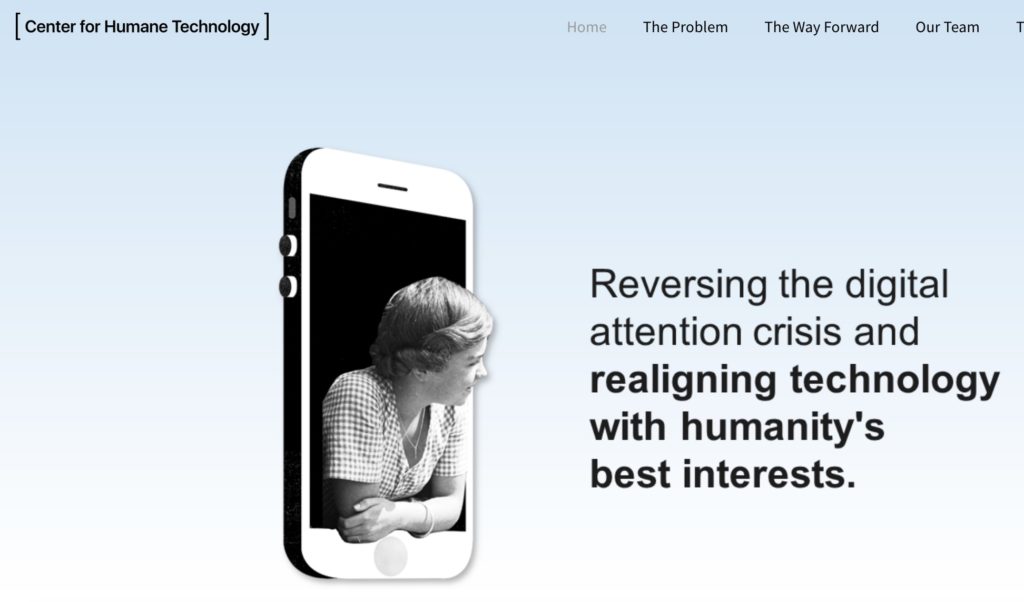My Observer review of Andrew Keen’s How to Fix the Future: Staying Human in the Digital Age:
Many years ago the cultural critic Neil Postman predicted that the future of humanity lay somewhere in the area between the dystopian nightmares of two English writers – George Orwell and Aldous Huxley. Orwell believed that we would be destroyed by the things we fear – surveillance and thought-control; Huxley thought that our undoing would be the things that delight us – that our rulers would twig that entertainment is more efficient than coercion as a means of social control.
Then we invented the internet, a technology that – it turned out – gave us both nightmares at once: comprehensive surveillance by states and corporations on the one hand; and, on the other, a strange kind of passive addiction to devices, apps and services which, like the drug soma in Huxley’s Brave New World, possess “all the advantages of Christianity and alcohol and none of their defects”.
The great irony, of course, is that not all of this was inevitable…



